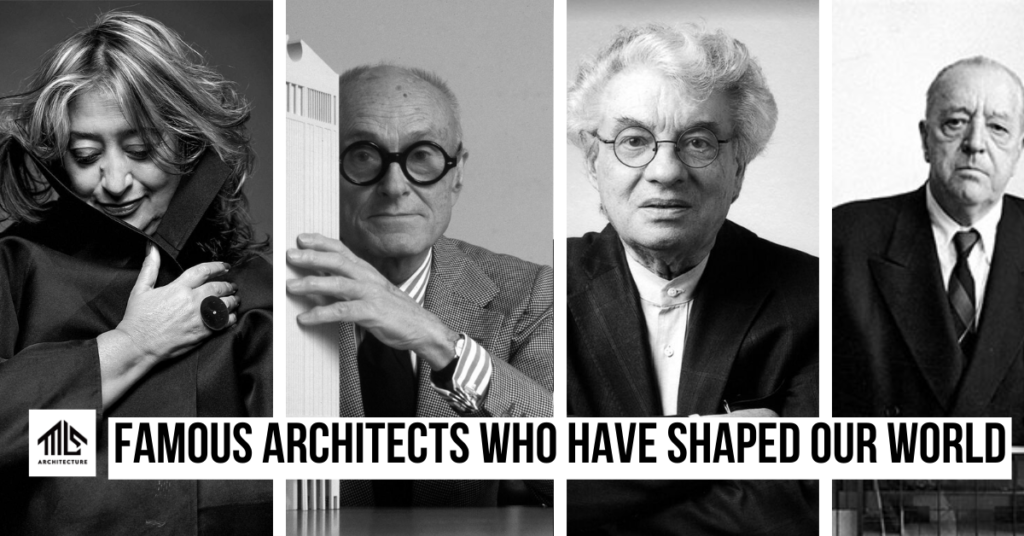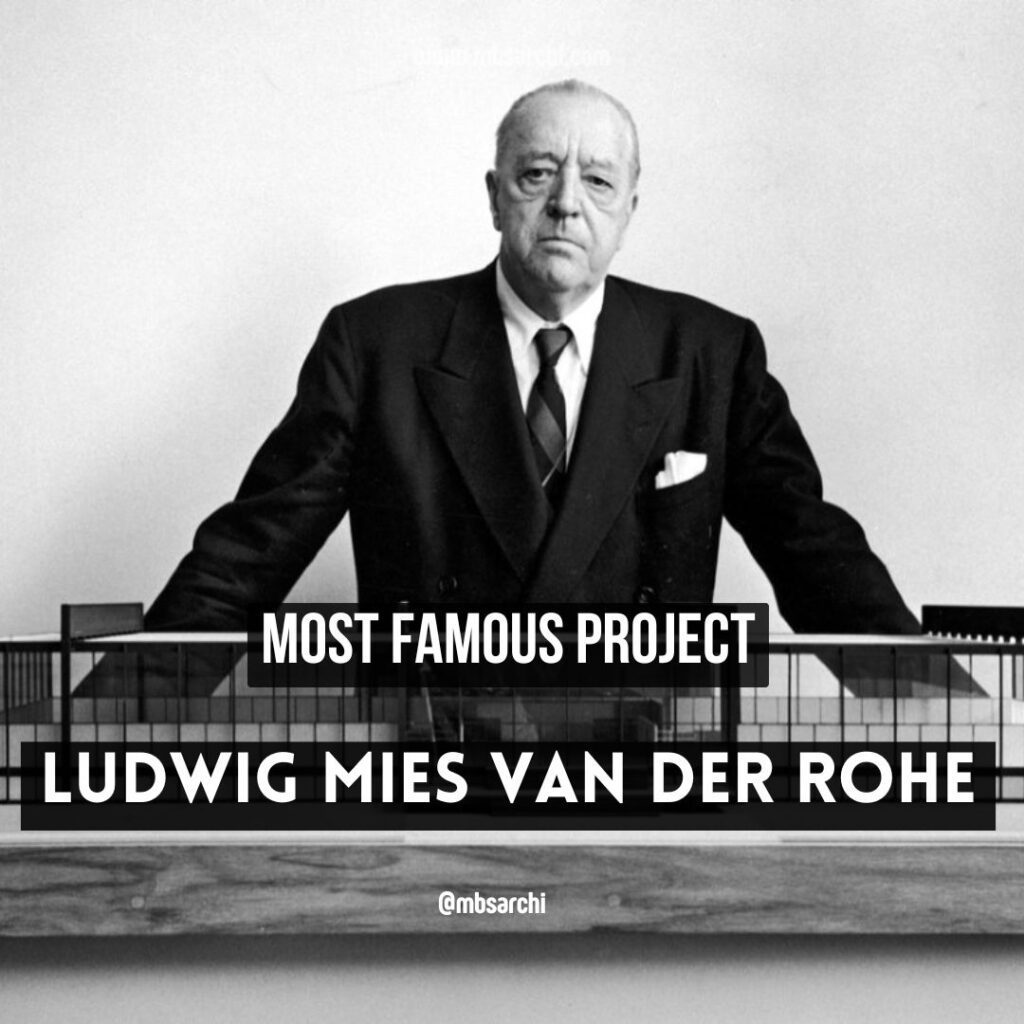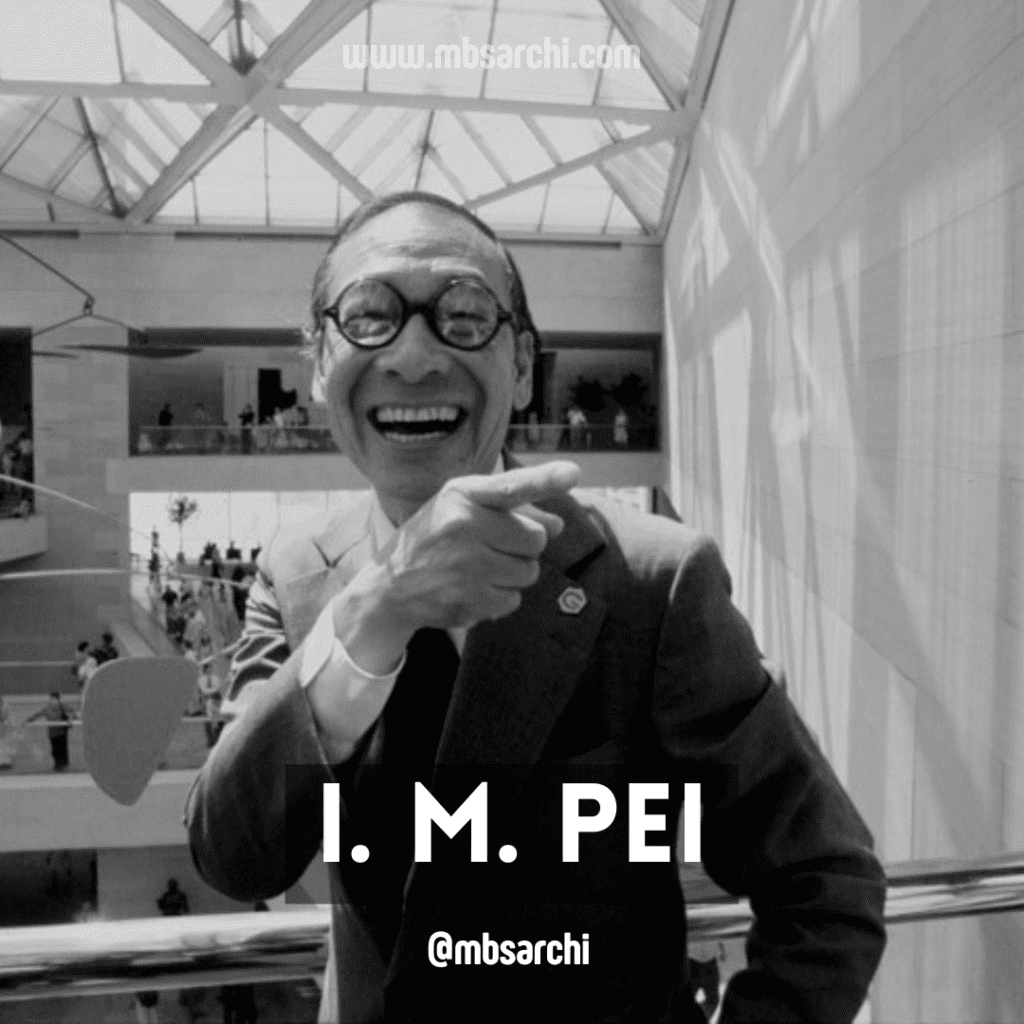
Famous Architects Who Have Shaped Our World
Architecture does more than design buildings; it expresses human civilization and culture. Famous architects throughout history have not only shaped our physical landscapes but have also influenced our concepts of space and community. This article explores the innovative designs of these architects and their lasting impact on the world.

The Modern Masters – Profiles of Prominent Architects
The Legacy of Frank Lloyd Wright

Frank Lloyd Wright: A Pioneer in Organic Architecture
Frank Lloyd Wright stands as one of the most influential architects of the 20th century. Renowned for his innovative approach to design, Wright’s philosophy of organic architecture—where structures are harmoniously integrated into their natural surroundings—redefined the relationship between architecture and nature. His architectural legacy continues to inspire countless architects and remains a benchmark in design.
Wright’s Most Iconic Works
Among Wright’s celebrated works, the Fallingwater house in Pennsylvania stands out as a prime example of his organic architecture principles. Built over a waterfall, the house seamlessly blends into its environment, making it appear as though it has grown naturally from the landscape. Additionally, the Guggenheim Museum in New York City, with its spiral structure and open gallery spaces, marks another of Wright’s notable achievements, breaking away from traditional museum designs.
The Enduring Influence of Frank Lloyd Wright
Wright’s impact extends far beyond his individual buildings. His innovative use of space, light, and natural materials has profoundly influenced modern architecture on a global scale. Consequently, architects today continue to draw inspiration from his philosophy, ensuring his work remains relevant in contemporary design practices. Learn more about Frank Lloyd Wright’s influence on modern architecture.
Le Corbusier and the Modernist Movement

Le Corbusier: The Father of Modern Architecture
Le Corbusier, born Charles-Édouard Jeanneret-Gris, was a Swiss-French architect who played a crucial role in shaping modernist architecture. Characterized by clean lines, open spaces, and innovative use of reinforced concrete, his work transformed the architectural landscape. Firm in his belief that architecture should prioritize functionality, Le Corbusier focused on the needs of those who inhabit his structures. This practical approach led to the creation of some of the most iconic structures of the 20th century.
The Five Points of Architecture
Le Corbusier is best known for his “Five Points of Architecture,” introduced in 1926. These principles—pilotis (supports), flat roofs, open floor plans, horizontal windows, and free facades—revolutionized architectural design. These concepts are exemplified in his design of the Villa Savoye in France, a modernist masterpiece that continues to influence architects today.
Le Corbusier’s Global Impact
Le Corbusier’s influence extended well beyond Europe, leaving a profound impact on global architecture. His visionary designs for urban planning, such as the city of Chandigarh in India, showcase his belief in functional, well-organized cities that cater to their inhabitants’ needs. Moreover, his ideas continue to shape urban design and architecture across the world. Discover more about Le Corbusier’s contributions to urban planning.
Zaha Hadid: The Queen of the Curve

Zaha Hadid: Redefining Architectural Boundaries
Zaha Hadid, the Iraqi-British architect often referred to as the “Queen of the Curve,” is celebrated for pushing the boundaries of architecture with her bold, fluid designs. Marked by sweeping curves, futuristic aesthetics, and a dynamic sense of movement, Hadid’s work positions her among the most innovative architects of the 21st century. Bold designs have pushed the boundaries of architecture, often defying conventional geometric shapes.
Notable Works of Zaha Hadid
One of Hadid’s most iconic projects is the Heydar Aliyev Center in Baku, Azerbaijan. The building’s flowing, wave-like form challenges traditional architectural conventions, creating a dynamic interaction with its surroundings. Another significant project is the MAXXI Museum in Rome, where Hadid’s talent for blending structure and space is on full display, creating a seamless flow within the museum’s interior.
Zaha Hadid’s Legacy
Hadid’s influence reaches far beyond her completed projects. As the first woman to receive the Pritzker Architecture Prize, she continues to inspire architects worldwide. Her work proves that architecture can be both functional and artistic, encouraging a new generation of architects to explore innovative forms and materials. Explore Zaha Hadid’s impact on contemporary architecture.
Antoni Gaudí: The Master of Catalan Modernism

Antoni Gaudí: A Unique Visionary in Architecture
Antoni Gaudí, a Spanish architect, is renowned for his distinctive style that seamlessly blends Gothic and Art Nouveau elements. Deeply rooted in Catalan culture and nature, Gaudí’s work often incorporates organic forms, intricate tile work, and vibrant colors. For Gaudí, architecture was not merely about constructing buildings but about creating artistic works that tell a story and evoke strong emotions. Emphasizing natural forms and pioneering the use of materials like iron and glass, he has inspired countless architects worldwide
Gaudí’s Masterpieces
The Sagrada Família in Barcelona is perhaps Gaudí’s most famous work, and it remains unfinished to this day. This basilica symbolizes his visionary style, combining traditional Gothic elements with modernist innovations. Additionally, Park Güell, another of Gaudí’s notable creations, showcases his ability to integrate architecture with the natural landscape, using curved lines, mosaics, and undulating forms to create a whimsical environment.
The Lasting Impact of Antoni Gaudí
Gaudí’s influence is evident in how modern architects perceive the relationship between structure and environment. His emphasis on natural forms and pioneering use of materials like iron and glass have inspired countless architects worldwide. Gaudí’s work continues to attract millions of visitors to Barcelona each year, solidifying his place as a master of modern architecture. Learn more about Gaudí’s contributions to architecture and design.
Ludwig Mies van der Rohe: The Pioneer of Minimalism

Ludwig Mies van der Rohe: Less is More
Ludwig Mies van der Rohe, a German-American architect, is often credited with pioneering the minimalist approach to architecture. His famous dictum, “less is more,” encapsulates his belief that simplicity and clarity are essential to great design. Mies’s work, characterized by clean lines, open spaces, and meticulous attention to detail, has become synonymous with modernist architecture.
Mies’s Architectural Masterpieces
Among Mies’s most influential works is the Barcelona Pavilion, designed for the 1929 International Exposition in Spain. This structure is celebrated for its simplicity, use of high-quality materials, and innovative open floor plan. Another iconic project is the Seagram Building in New York City, which exemplifies Mies’s approach to skyscraper design, focusing on form, function, and a strong visual presence.
The Enduring Influence of Mies van der Rohe
Mies’s minimalist principles have had a lasting impact on architecture worldwide.Mies’s work laid the foundation for modernist and contemporary design, impacting not only architecture but also furniture and interior spaces. The minimalist principles he championed have had a profound influence on architecture worldwide. His famous dictum, ‘less is more,’ encapsulates the belief that simplicity and clarity are essential to great design.
I.M. Pei: Bridging Tradition and Modernity

I.M. Pei: A Master of Architectural Fusion
I.M. Pei, a Chinese-American architect, is celebrated for his ability to blend traditional architectural elements with modern design principles. His work is characterized by a deep respect for historical context, while also pushing the boundaries of contemporary architecture. Pei’s designs are known for their elegance, precision, and innovative use of geometric forms, establishing him as one of the most respected architects of the 20th and 21st centuries.
Iconic Works of I.M. Pei
One of Pei’s most famous projects is the Louvre Pyramid in Paris. This glass and steel structure serves as the main entrance to the Louvre Museum, symbolizing the fusion of old and new. The pyramid’s modern design contrasts sharply with the classical architecture of the museum, yet it complements and enhances the overall aesthetic. Another significant work is the Bank of China Tower in Hong Kong, one of the first skyscrapers to incorporate Feng Shui principles into its design.
I.M. Pei’s Global Legacy
Pei’s influence is felt worldwide, with his buildings gracing the skylines of major cities across the globe. His ability to integrate modern architecture with cultural and historical elements has set a precedent for future generations of architects. Moreover, Pei’s work continues to inspire, demonstrating that modern architecture can be both innovative and respectful of tradition. Discover more about I.M. Pei’s architectural philosophy.
These architects have transformed our built environment with their designs. Their legacies continue to inspire new generations worldwide. For more on modern architecture’s impact, consider reading about The Giants of the Sky. This article discusses the world’s tallest skyscrapers and their architectural significance.




